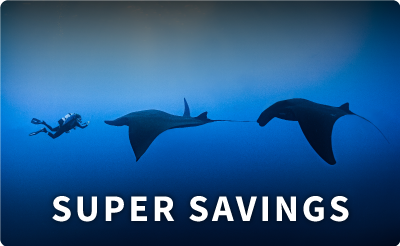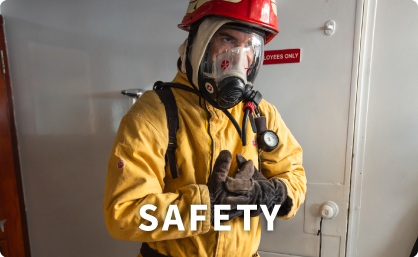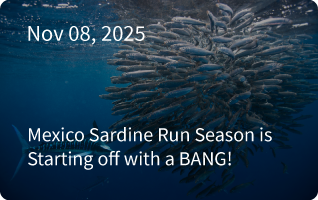White Shark Offshore Habitat: A Behavioral and Environmental Characterization of the Eastern Pacific Shared Offshore Foraging Area
By: Nicole Nasby-Lucas1*, Heidi Dewar2, Chi H. Lam3, Kenneth J. Goldman4, Michael L. Domeier1
1 Marine Conservation Science Institute, Fallbrook, California, United States of America, 2 Southwest Fisheries Science Center, National Marine Fisheries Service, La Jolla, California, United States of America, 3 Marine Environmental Biology, University of Southern California, Los Angeles, California, United States of America, 4 Alaska Department of Fish and Game, Homer, Alaska, United States of America
Abstract
Background: Although much is known about the behavior of white sharks in coastal regions, very little is known about their vertical movements offshore in the eastern Pacific where they spend up to five months. We provide the first detailed description of the offshore habitat use of white sharks in the eastern North Pacific.
Methodology/Principal Findings: This study uses 2-min data from four recovered pop-up satellite archival tags deployed at Guadalupe Island (2002 and 2005). Deployments ranged from 5.4 to 8.2 months. Two predominant vertical patterns were described. The first was a bimodal vertical pattern with time spent at the surface and at depth, which was observed while traveling. The second was a repetitive oscillatory diving mode displayed by sharks in the Shared Offshore Foraging Area (SOFA). For all four datasets the average maximum daily dive depths ranged from 442.5 to 492.8 m and were typically associated with dissolved oxygen concentrations of above 1.7 ml L21. Although infrequent, occasional dives to near 1000 m with a minimum temperature of 3.9uC and a minimum O2 level of 0.3 ml L21 were observed.
Conclusions/Significance: Recovered pop-up satellite tags from Guadalupe Island white sharks advance our understanding of the vertical habitat use of white sharks while offshore. The bimodal vertical pattern during traveling is most likely related to geolocation. The oscillatory dive pattern is likely associated with foraging. While feeding is not documented, foraging is likely occurring in association with the deep scattering layer. Diving depths were not limited by temperature but were constrained by O2 levels below approximately 1.5 ml L21. While oxygen may limit the extent of sharks’ vertical movements, it will also impact prey distribution. Consequently, the shallow oxygen minimum zone in the SOFA may act to concentrate prey, thus enhancing foraging opportunities in these oligotrophic waters.








